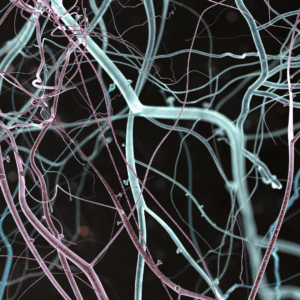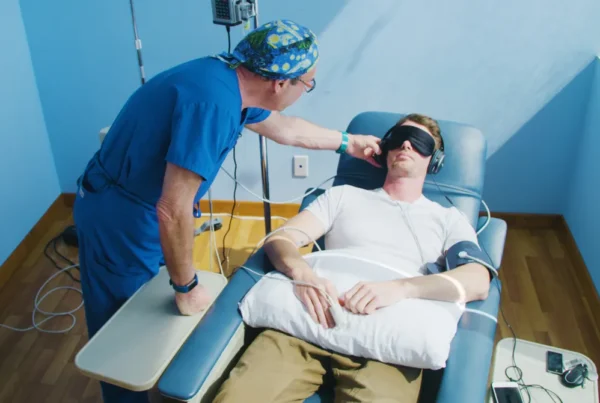Mental health is a crucial aspect of our lives, and the constant pressure of our modern lives makes it equally problematic for our brains to cope with the everyday stress that we face. In recent times, ketamine has been increasingly used to treat depression and anxiety. But what makes ketamine different from traditional pharmaceuticals? The answer lies in the magic of neuroplasticity. Neuroplasticity is the ability of our brain to change its reaction and structure in response to different experiences.
 Neuroplasticity is an integral aspect of our brain function and involves a synergy between the neurons and neurotransmitters responsible for transmitting signals within the brain. Ketamine is a dissociative anesthetic that has been used for decades to treat severe pain. However, researchers discovered that ketamine stimulates neuroplasticity, which means it helps to make new connections in the brain, building new neural pathways that enhance brain function.
Neuroplasticity is an integral aspect of our brain function and involves a synergy between the neurons and neurotransmitters responsible for transmitting signals within the brain. Ketamine is a dissociative anesthetic that has been used for decades to treat severe pain. However, researchers discovered that ketamine stimulates neuroplasticity, which means it helps to make new connections in the brain, building new neural pathways that enhance brain function.
Research has shown that ketamine promotes increased levels of protein in the brain called BDNF (brain-derived neurotrophic factor), which helps develop new neurons and synapses. This leads to enhanced synaptic plasticity, essential for improved brain function, including memory, mood, and cognitive flexibility.
Ketamine is especially useful for treating addiction, depression, anxiety, and PTSD. Furthermore, it has a more rapid onset compared to traditional antidepressants, which may take weeks to start working. The unique abilities of ketamine make it very effective in treating depressive disorders and aid in the facilitation of cognitive improvement and neuroplasticity.
The use of ketamine in mental health treatment remains controversial despite the fact that it has been proven to have a quick response rate in treating depression. This is mainly due to the side effects of ketamine, including dissociation, nausea, and hallucinations. However, this has not deterred researchers from exploring other applications of Ketamine in the field of mental health.
 In conclusion, neuroplasticity is an integral aspect of our brain function, and ketamine, the dissociative anesthetic, promotes this by helping to make new connections in the brain. The ability to create new neural pathways leads to improved brain function, including an improvement in mood, memory, and cognitive flexibility, making ketamine especially useful in the treatment of depression, anxiety, and PTSD. While there are still concerns about the side effects of ketamine, much research is being conducted, and it holds great promise for the future of mental health treatment. With ongoing exploration, we may just be able to unlock the full potential of this powerful medicine.
In conclusion, neuroplasticity is an integral aspect of our brain function, and ketamine, the dissociative anesthetic, promotes this by helping to make new connections in the brain. The ability to create new neural pathways leads to improved brain function, including an improvement in mood, memory, and cognitive flexibility, making ketamine especially useful in the treatment of depression, anxiety, and PTSD. While there are still concerns about the side effects of ketamine, much research is being conducted, and it holds great promise for the future of mental health treatment. With ongoing exploration, we may just be able to unlock the full potential of this powerful medicine.



